Texas history road trip rolls on: Brownwood is bigger than you think
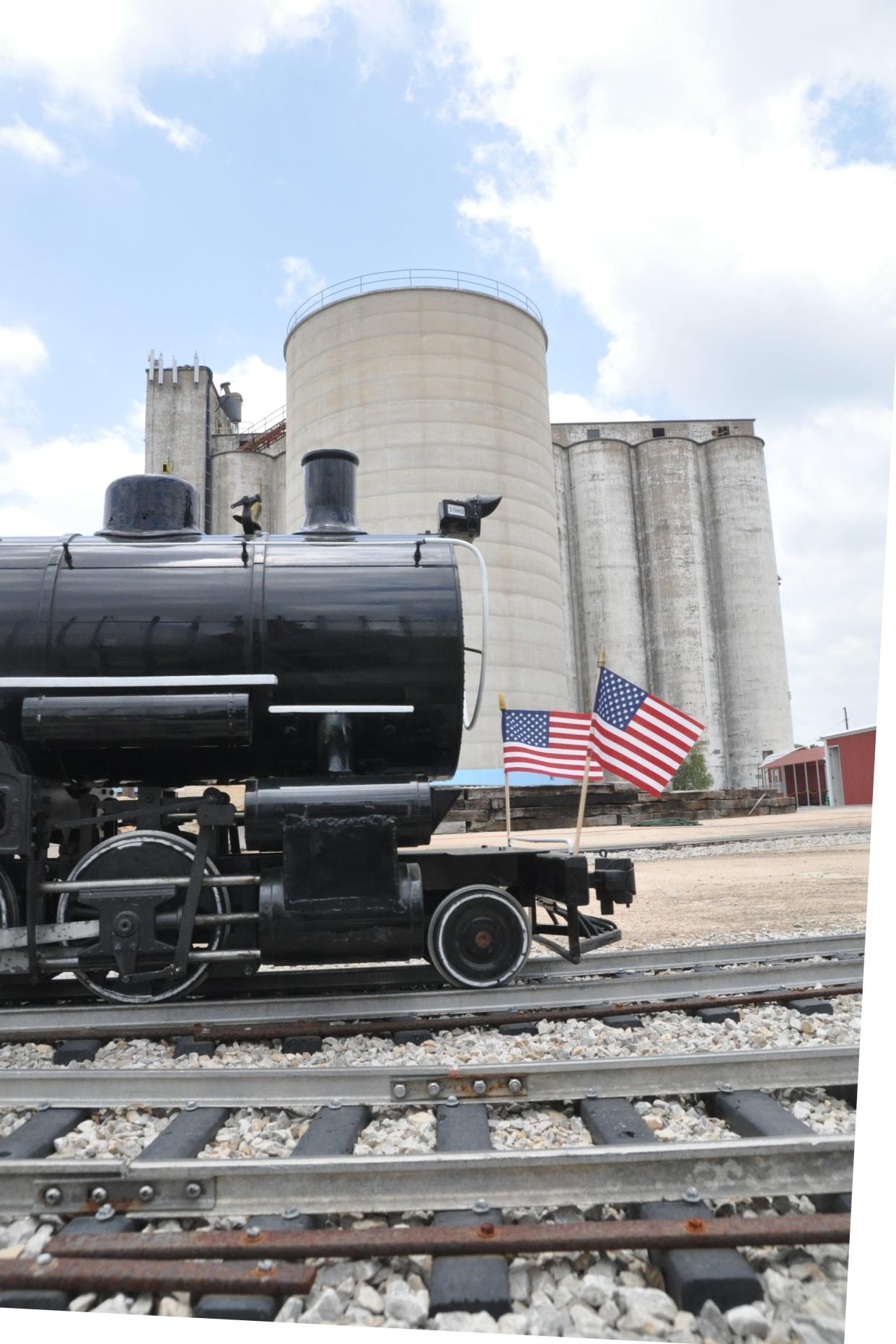
BROWNWOOD — Years ago, Brenda Bell, one of a long line of heroic editors who have saved my copy from ignominy, took me aside.
"Michael, Brownwood is not a small Texas town."
I had grossly underestimated its size.
For years, I had skirted Brownwood (pop. 19,000) by taking U.S. 183 through the nearby town of Early (pop, 3,000), which is smaller, but by no means inconsequential, especially when it comes to public schools and retail outlets.
Bell knew about Brownwood because she grew up in the same general region, two hours away in the town of Colorado City (pronounced Colo-ray-do City).
Texas history: Forts evoke a rough and isolated, but well-ordered, frontier life
Coincidently, during my most recent West Texas road trip, I told a San Angelo source by phone that I would be late, and that I had pulled off the road in the town of Eldorado. She cut me short: "Eldo-ray-do!"
I have a lot to learn.
A town of consequence since 1857
Brownwood rises from the surrounding plains, hills and prairies as a green oasis on Pecan Bayou. As we traveled north from San Angelo through Miles, Santa Anna and Bangs, stopping to explore the sites in Rowena and Ballinger, we viewed many a flat acre thick with cotton.
Brownwood has been a town of consequence since 1857 when — just a hamlet at the time — it was chosen as the seat of the newly incorporated and sparsely populated Brown County, named for Henry Stevenson Brown, an early Texas trader, settler and fighter who died in 1834.
Brownwood remained a small trading center along the western cattle trails, though it grew more rapidly with the westward spread of cotton agriculture in the 1870s. It boomed in the late 19th century and became a hotbed of activity for the Farmers' Alliance, a group of activists who protested the mistreatment of farmers by business, financial, industrial and railroad monopolies.
(The book to read on the subject is Greg Cantrell's “The People’s Revolt: Texas Populists and the Roots of American Liberalism.”)
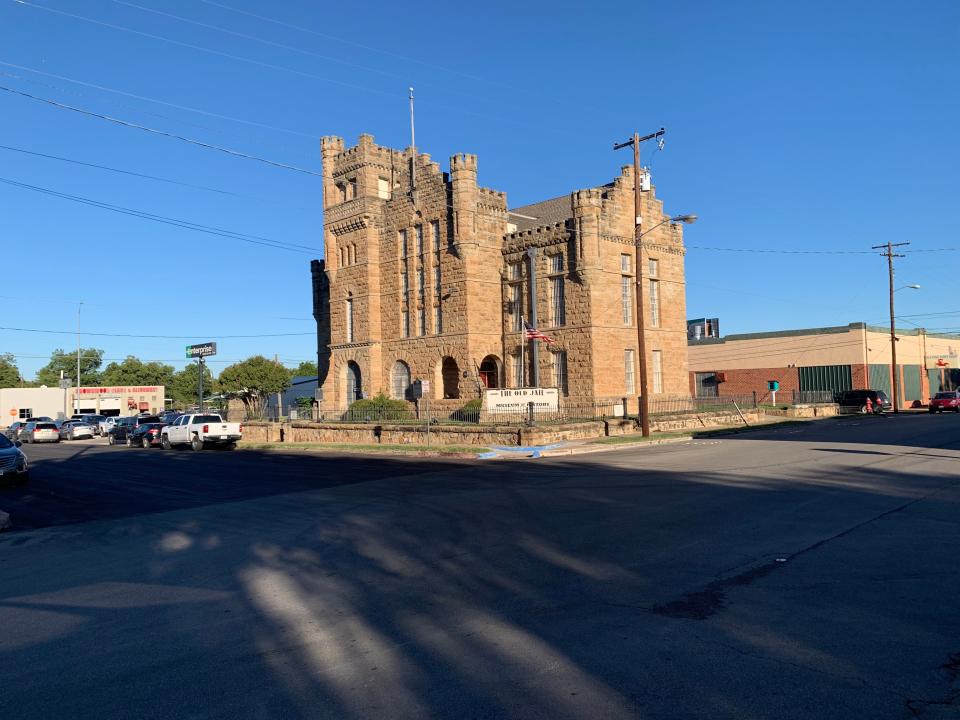
The turning point for Brownwood — as with so many Texas towns and cities — was the arrival of the railroad. The first to push through in 1885 was the Gulf, Colorado and Santa Fe Railroad, a subsidiary of the Atchison, Topeka and Santa Fe. It was followed by the Fort Worth and Rio Grande in 1891. A third, short-lived rail line, Brownwood North and South Railway, was built in 1912 to connect the cotton ginning center to the Brown County community of May, which remains quite a small town. It was abandoned in 1927.
After cotton came oil. And after oil, a military base, Camp Bowie. During World War II, Camp Bowie was the largest military training center in the region. It closed in 1946, and most of what remains now looks like a municipal park. A few Quonset huts are all that reminded me of its military background.
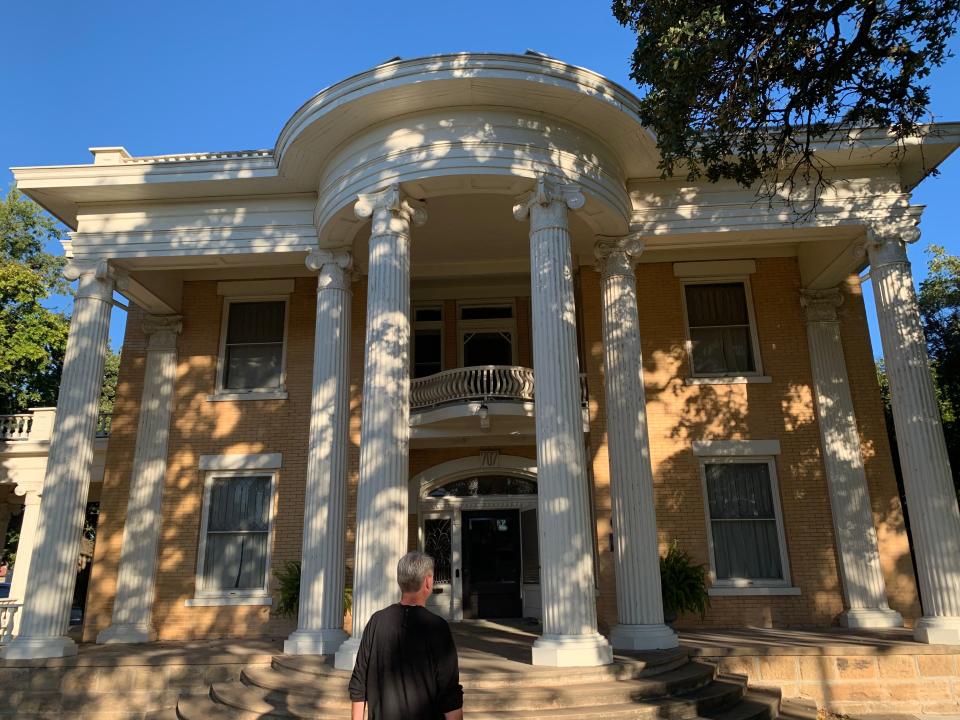
Besides the military, railroads, cotton and oil, add another factor: schools. Two colleges opened here in 1889, including Howard Payne College, now Howard Payne University. A Baptist-affiliated school with about 1,100 students, it sits on a lovely campus near downtown that, in certain lights, looks like Thomas Jefferson's University of Virginia.
More:Burrowing inside the solitude and camaraderie of author Gabriel García Márquez
As is so often the case in other towns and cities, the neighborhoods near the campus host some of the place's most beautiful and well-preserved historic homes. Some of these stately structures reflect the town's cotton culture, dressed in styles more Deep South than West Texas.
Reminders of the big time
In the past — had I swerved off U.S. 183 to explore — I would have quickly discovered two large, concrete reminders of Brownwood's size and importance in the early 20th century.
First, the handsomely arcaded and renovated Atchison, Topeka and Santa Fe Railroad Depot, which is home to the town's chamber of commerce and a small Harvey House Museum, named after the company that set up clean eateries and inns along American railroads. Across the street is the Lehnis Railroad Museum, a modernist structure with Santa Fe rolling stock out front and a miniature rail parked nearby.
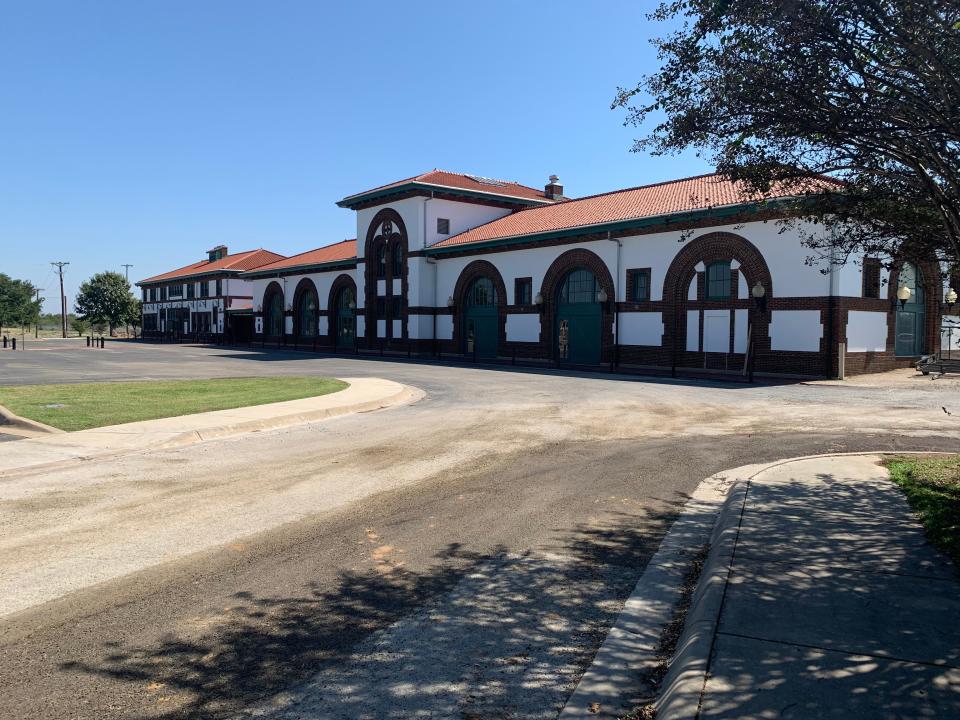
(I am not embarrassed to reveal that, at this point in the trip, I acted out the song, "On the Atchison, Topeka and the Santa Fe" from the 1946 Judy Garland movie musical, "The Harvey Girls." The photos that document this unique performance will not be seen by anyone else during my lifetime.)
Texas history: Forts evoke a rough and isolated, but well-ordered, frontier life
Second, the Brownwood Hotel. Ever since the splendid 15-story Hotel Settles, built in Big Spring in 1930, reopened in 2012 after a $30 million renovation, hope has sprung eternal that this brick tower — along with old hotels in Mineral Wells, Cisco and elsewhere — would be returned to their former glories. At what looks to me like 13 stories, the Brownwood resembles the Cactus Hotel in San Angelo, which is now filled with offices, apartments, businesses and an events center.
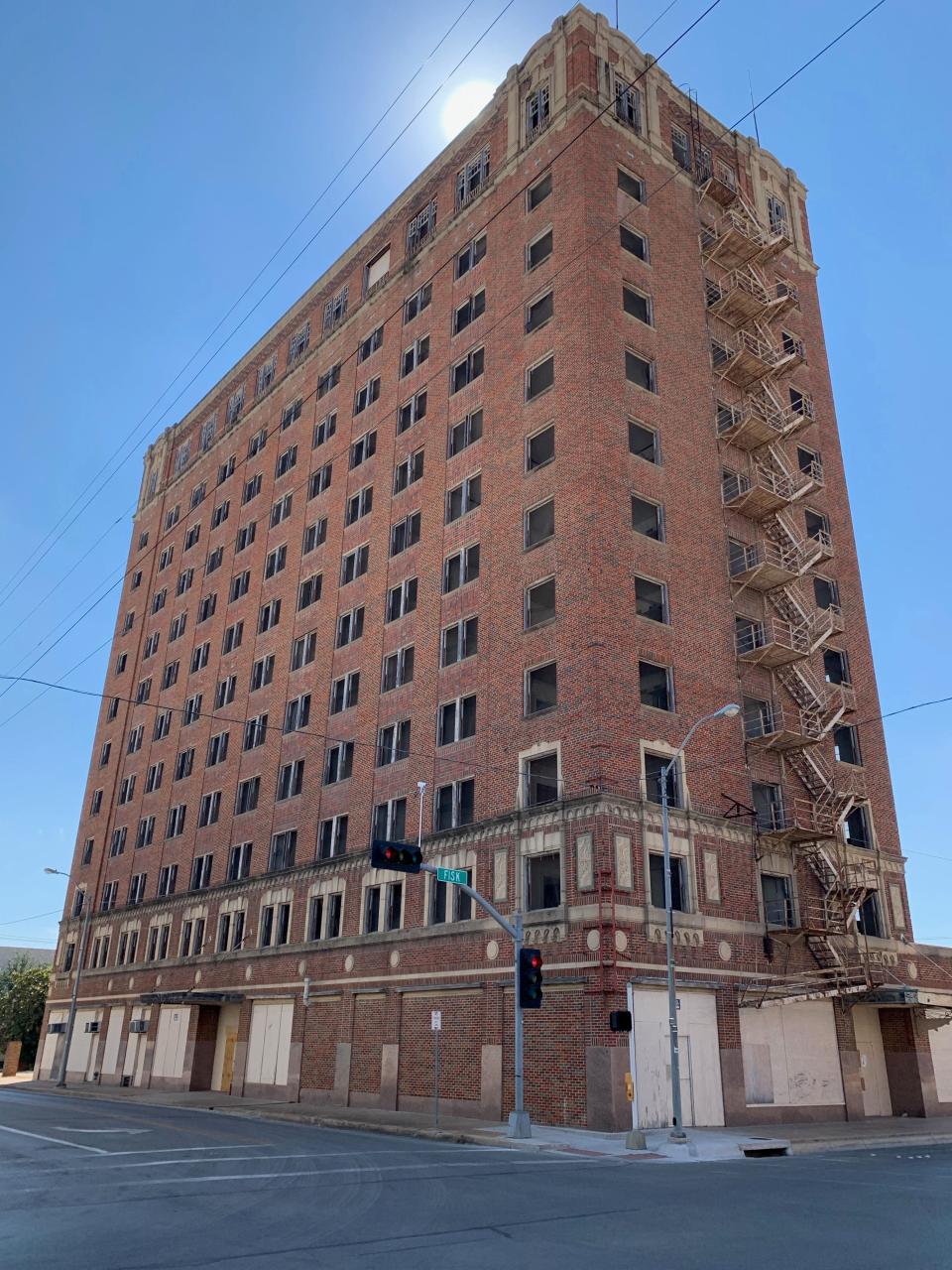
The Brownwood looks pretty forlorn just now, but a two-part 2019 report published in the Brownwood Bulletin — part of our shared USA Today Network — confirmed that it is structurally sound. On Oct. 7, the Bulletin reported that developer Jeff Tucker had purchased the property from Myrna Phelps of Virginia.
“It will be a historic preservation,” Tucker said, "so we’ll rehab the building as a boutique hotel."
This time, downtown locked up tight
Despite the best of advance research, the two days that I spent with a traveling buddy in Brownwood was ineptly planned for a Sunday and a federal holiday.
Parts of Brownwood's downtown are already fairly empty — and could use some landscaping — but without foot traffic, the dozens of cafés, shops, brew-pubs, delis, theaters, museums and other signs of recent social activity were locked up.
We stopped by the large-scale arena near downtown — a white drum dressed with evocative reliefs of Texas life by John Gaitha Browning — but it, too, was out of season.
For food and housing, we lucked out, however, on U.S. 67, which stretches across the northern perimeter of the city to link up with more retail activity in Early. This is Brownwood's bustling, up-to-date retail strip.
Texas history, delivered to your inbox
Click to sign up for Think, Texas, a newsletter delivered every Tuesday
In this precinct, we ate at two very good restaurants that came with plenty of color, Underwood's Cafeteria, a popular and affordable barbecue joint, and La Botana, a well-attended and tasty Tex-Mex spot.
The lack of downtown activity did not deter us. We wandered around some historical neighborhoods, and repeatedly drifted back to Brownwood's off-kilter downtown, whose shift in street angles might be related to the placement of railroad tracks, or perhaps to the topography.
We also took breaks in the nearby towns of Indian Creek and Cross Plains in order to make pilgrimages to sites related to two cultural giants, author Katherine Anne Porter and fantasy writer Robert E. Howard, respectively. I'll report on those side-trips in future columns.
In addition, I will return to Brownwood, now that I have personally confirmed what an alert editor told me long ago — it not a small Texas town.
In fact, it has plenty going for its people, places, culture and history, with more promised for the future, especially as the Brownwood Hotel returns to life.
Michael Barnes writes about the people, places, culture and history of Austin and Texas. He can be reached at mbarnes@statesman.com.
This article originally appeared on Austin American-Statesman: Texas history: The town of Brownwood is bigger than you think
